Market Info and Analysis of iPhone 6 LCD Screen Assembly
BY Davi | 八月 31st, 2015 | 0 | 1
Different Types of iPhone 6 LCD Screen Assemblies in Market
The iPhone 6's LCD Screen assembly is the latest iPhone LCD in market. Since its release roughly 1 year ago a lot of original iPhone 6 LCDs were widely available in the market, but iPhone 6 LCD screen assemblies in the market can be divided into 3 groups by their materials:
The LCD screen is the most important part in an iPhone 6 LCD screen and digitizer assembly, and can't be copied or reproduced by 3rd party factories yet. So for now all of the iPhone 6 LCD screen assemblies in the market have original LCDs, but to make a working LCD screen assembly for the iPhone 6 a single LCD screen is not enough. Depending on the rest of the materials, the assembled flex parts can be several different types. The types of assembled flex iPhone 6 LCD screen assemblies below are easy to find in the market:
Different products have different quality, the same with their price tag. As for quality and stability. Surely, the original parts excel over others, and the refurbished LCD screen assemblies work better than assembled flex LCD Screen assemblies. Here is why:
How to Tell Original iPhone 6 LCD Screen Assemblies from Fakes
In general, the different iPhone 6 LCD screen assemblies in the market can be differentiated by materials and production techniques. We show you how to distinguish whether the parts are real or counterfeit.
Laser mark. There is a laser mark on the front-facing camera's retaining bracket and proximity sensor retaining bracket. If the laser mark is present then you will be able to see a blue layer of film reflected in the light on the covers.
2. Smoother and shinier frame. To tell the difference by the frame, you can look at and feel the edges of the frame.
Real OEM iPhone 6 LCD Screen Assemblies have a smoother and shinier frame while copy parts will be rough and tarnished. It’s not easy to accurately describe the difference between OEM and a copy part. The only way to figure it out is to touch and feel the parts, but essentially a real OEM part will have smooth brackets on the frame with no small metal shavings coming off them. Moreover, the texture of the frame bottom sometimes can also tell you the difference by contrast.
3. Adhesive overflow marks. One more thing you can look for is dried excess adhesive. After many tests, an OEM producer can precisely control how much of the adhesive is applied to the frame, while 3rd party factories are unable to. So you can look to the edges of the frame to see tale tell signs of excess adhesive showing you whether or not the part is OEM or a copy.
4. Smoother edges on the lens cover. Real OEM LCD screens are darker or shinier than fake copy ones. Compared with the original part, iPhone 6 LCD screen copies tend to have a gray tint to them. As for the glass lenses, the rim and the edges of the OEM parts feel much smoother to the touch around the four corners. Reclaimed or copy parts may have kind of a rough trim on the rim and the edges.
5. Apple's logo. Check to see if there is an Apple logo printed on the flex cables or not. Generally speaking, a fake iPhone 6 LCD Assembly won't print Apple logos on the flex cables to reduce cost. An OEM part must have Apple's logo on it, however, an Apple logo printed on the flex cable won't guarantee you have an OEM part. If there are Apple logos printed on the flex cable, you need to check how clear they are to find spot the difference.
6. Softer and more flexible digitizer flex cables. OEM factories need to produce softer and more flexible digitizer flex cables to make sure that they will not break during installation or after being folded many times. These softer flex cables have a much higher production cost then standard harder flex cables. Keep in mind that only the digitizer's flex should be softer, while the LCD's flex will be harder even on the OEM part.
All of the above info is about what kinds of iPhone 6 LCD screen assemblies are available in market and tips for how to distinguish the parts. But we still need to know what kind of quality they are. Furthermore, even for OEM iPhone 6 LCD screen assemblies, there are different quality grades among them, the same with assembled flex parts and refurbished LCD screen assemblies.
In general, depending on appearance and function test, the quality grades are divided into 3 groups: A-grade, B-grade, and C-grade. Appearance inspections include whether there are scratches or not, how much they are, and if there are any cracks or not. Functionality tests need to check for dead pixels, stuck pixels, white screen, color screen or digitizer malfunction etc.
At ETrade Supply's store, we make sure A-grade parts are absolutely in great condition, while B-grade items have tiny cosmetic imperfections as we have described in the product description. C-grade products are not available at ETrade Supply's store. We believe that we should and always keep providing the best parts in the market. That's our value.
How ETS Test Their iPhone 6 LCD Screen Assemblies
There are 2 types of iPhone 6 LCD screen assembly in the ETrade Supply website, including A-grade and B-grade. A-grade items are 100% OEM produced and manufactured while B-grade items may be produced by 3rd party factories or OEM producers with small cosmetic imperfections, but they all function as well as A-grade parts. You can see the iPhone 6 LCD screen and digitizer assembly's quality test standards below:
1. Appearance inspection: check if there are any flaws, impurities, scratches and/or cracks.
2. Function test:
a) Check for bright spots, dead pixel stains, light leakage or a line on the screen. Check if the screen has issues such as a single color screen or a white screen.
b) Test the digitizer for dead spots and other malfunctions.
Our QC team has divided iPhone 6 LCD screens into 2 areas as the picture below shows:
iPhone 6 LCD Screen Assembly Test Grades
As you can see, the quality tests for iPhone 6 LCD screen assemblies at ETradeSupply are stricter than other suppliers in the market. Even when we communicate with OEM suppliers, we also stick to the standards to select only high-quality parts. Before the parts are registered in our system, they are strictly tested, such as exert an excess force on the frame to see whether it will come off or not to make sure it will last when installing on a customer's device. We spare no efforts to make sure our A-grade parts reach these standards:
Show you some B-grade and C-grade parts in market examples below:
B-Grade
B-Grade
B-Grade
C-Grade
C-Grade
C-Grade
Tips for Installation
According to our customers' feedback and our engineer's suggestions, we hope that everyone who replaces their iPhone 6 LCD screen assembly by themselves will pay attention to these 2 tips to make sure everything works.
1. Static. From our experience, after failing to install an LCD assembly the first time, when you try to install it by connecting the connector to the motherboard the second time static will be generated and it will damage the IC on the flex cable or connector rendering the assembly-defective. Thus, when replacing the LCD screen assembly, you should always remember to have an anti-static wristband on your hand or other static prevention measures in place.
2. Flex ribbon. As we have stated above, flex cables are very easily damaged. So handle them very gently! Avoid bending the flex ribbon too much, and pay attention to how the flex is lightly folded to fit into the case.
Purchasing Recommendations:
-If you prefer high-quality products with no cosmetic imperfections, we recommend you buy A stock products.
-If you prefer higher quality to perfect appearance we recommend you buy B stock products.
-If you more concerned about the cost ratio, we recommend that you buy assembled flex products
More information, please check our website or like our Facebook page, and you can also contact us at service@etradesupply.com for any questions. We are glad to hear from you and will reply ASAP.
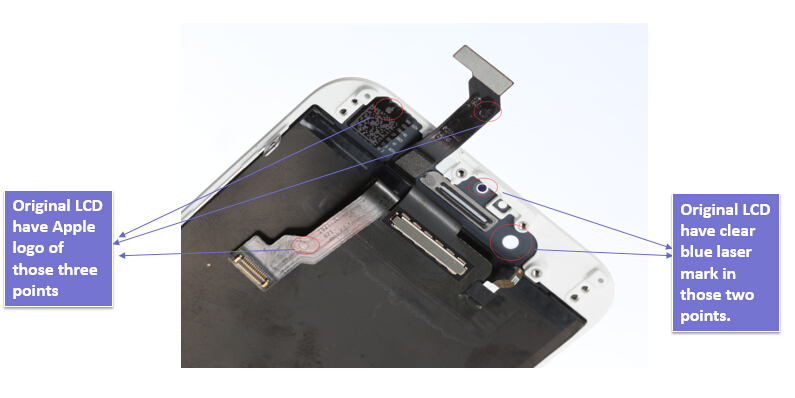
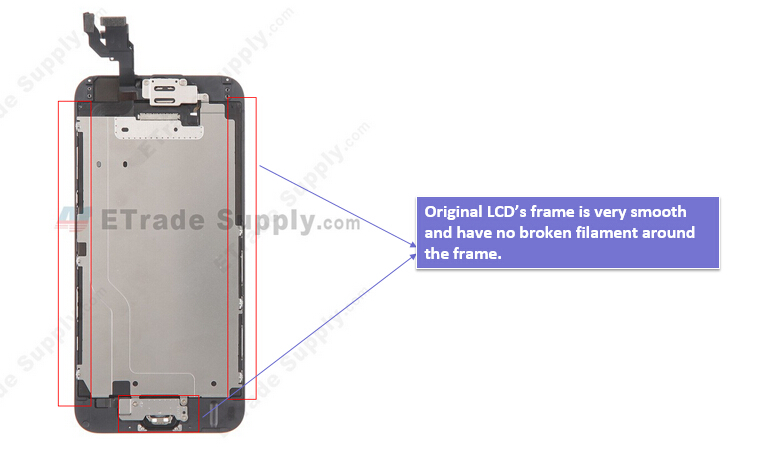
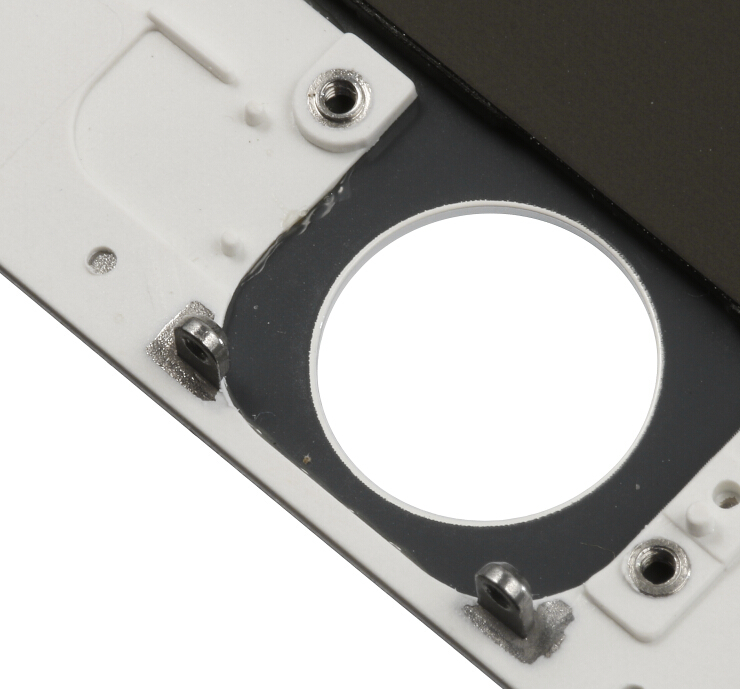
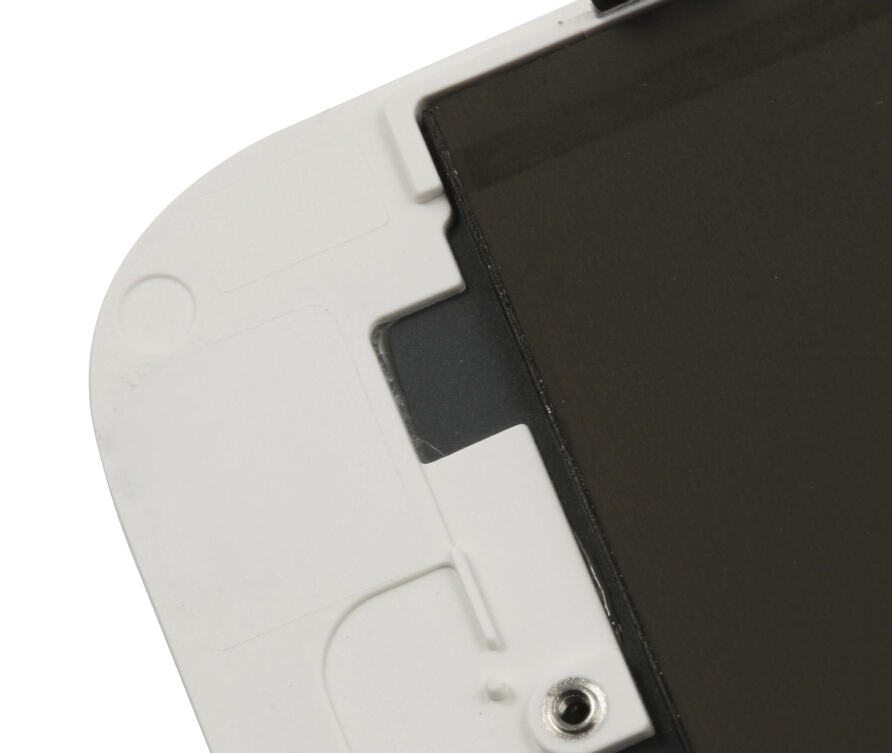
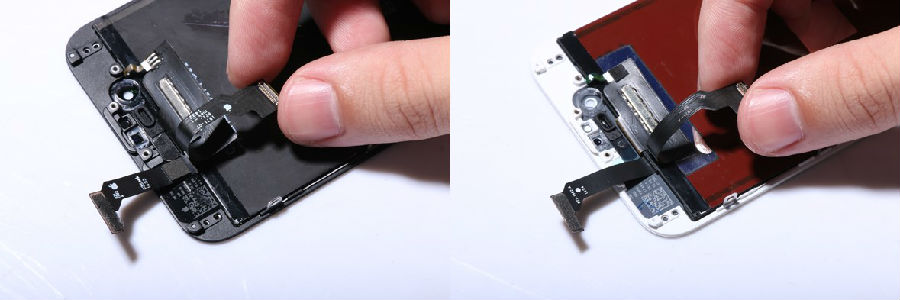
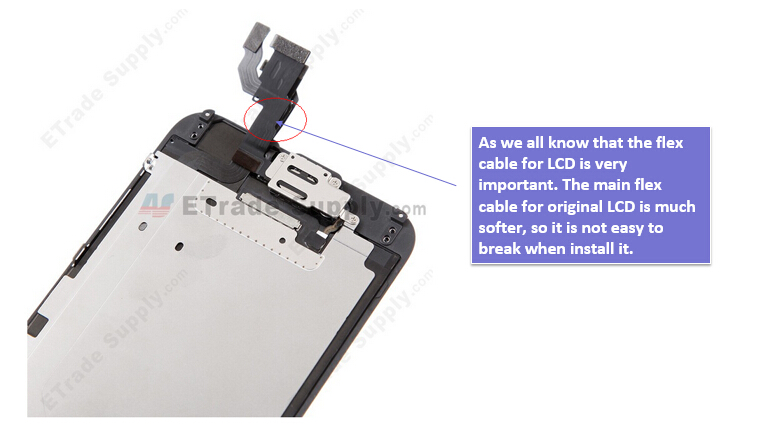
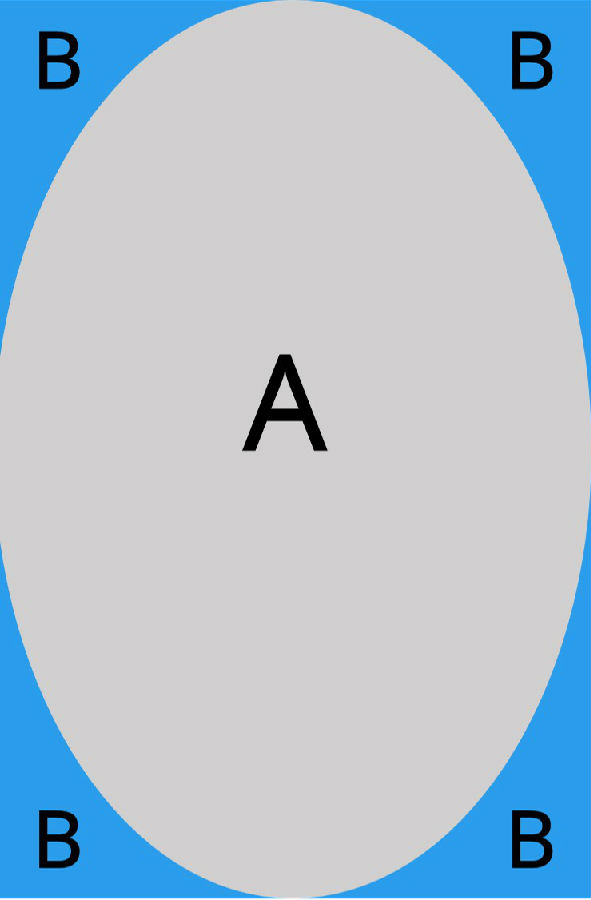
Grade
Flaw
Scratch
A+
Flawless in A area while at most 1 point in the B area, a diameter between 0.01mm and 0.15mm
1 scratch at most, under 0.5mm in B area
A
1 point in A area and 1 point in the B area at most, diameter between 0.01mm and 0.15mm.
1 scratch under 0.5mm in B area
A-
2 points in A area at most, a diameter between 0.01mm and 0.15mm and at most 1 point in the B area, a diameter between 0.01mm and 0.15mm
1 scratch under 0.5mm in A area;2 Scratches Under 0.5mm in B area
B+
At most 1 point on the screen, a diameter between 0.15mm and 0.3mm
1 scratch on the screen between 0.5mm and 2mm
B
At most 2 points on the screen, a diameter between 0.15mm and 0.3mm
1 scratch between 0.5mm and 2mm in A area;1 scratch between 0.5mm and 2mm in B area
B-
At most 2 points on the screen, a diameter between 0.15mm and 0.3mm
3 scratches between 0.5mm and 2mm on the screen
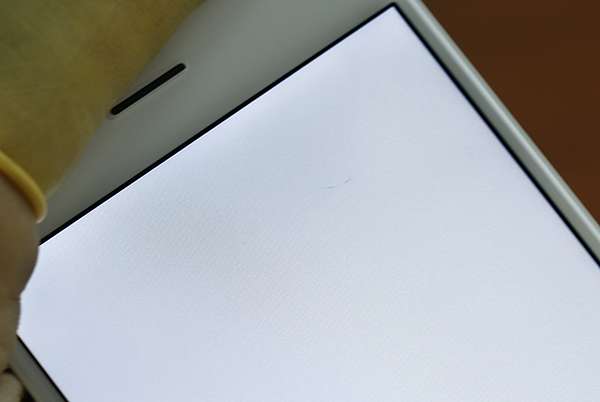
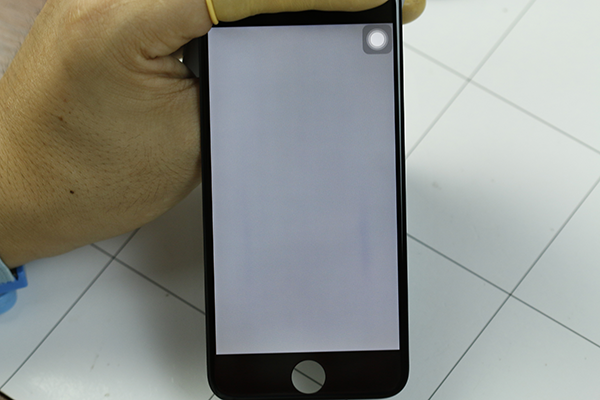
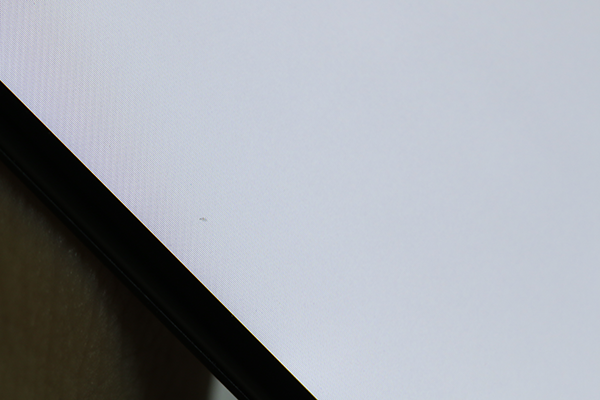
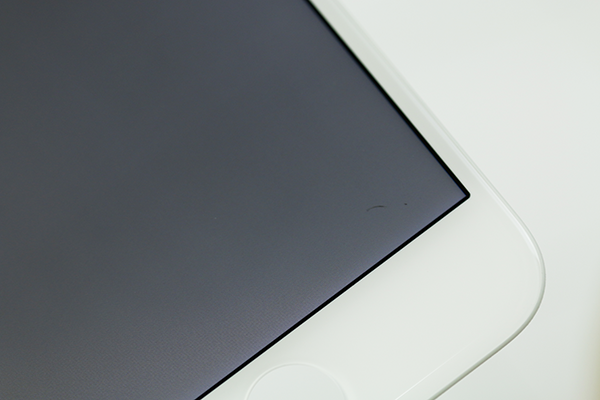
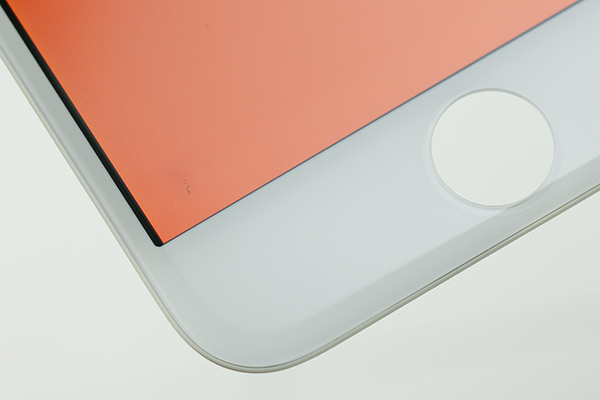
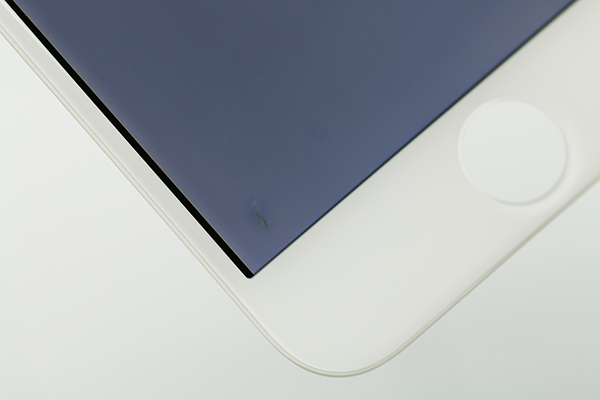
|
5
|

|

|

|

|

|
|---|











